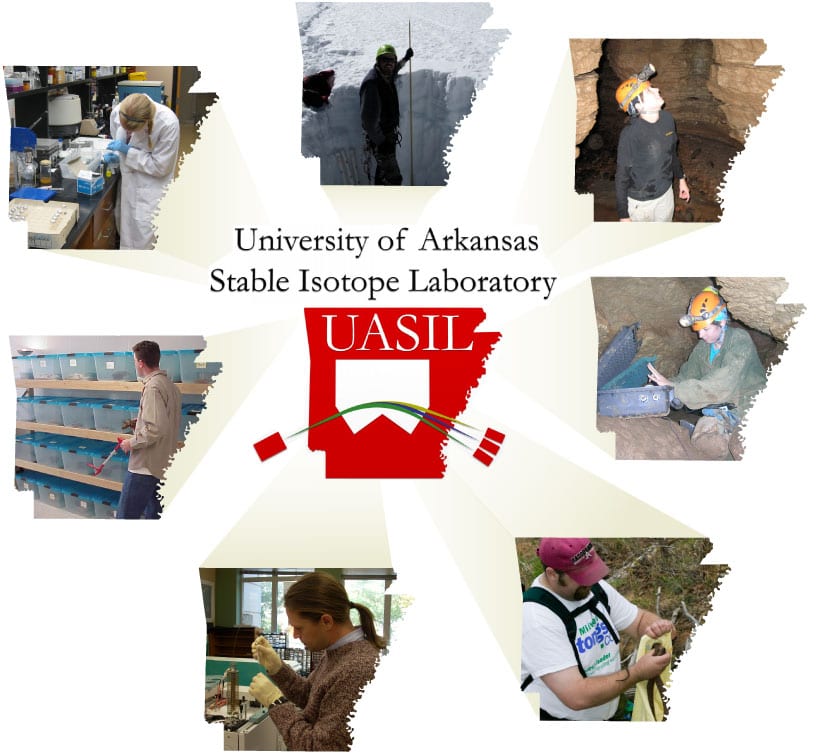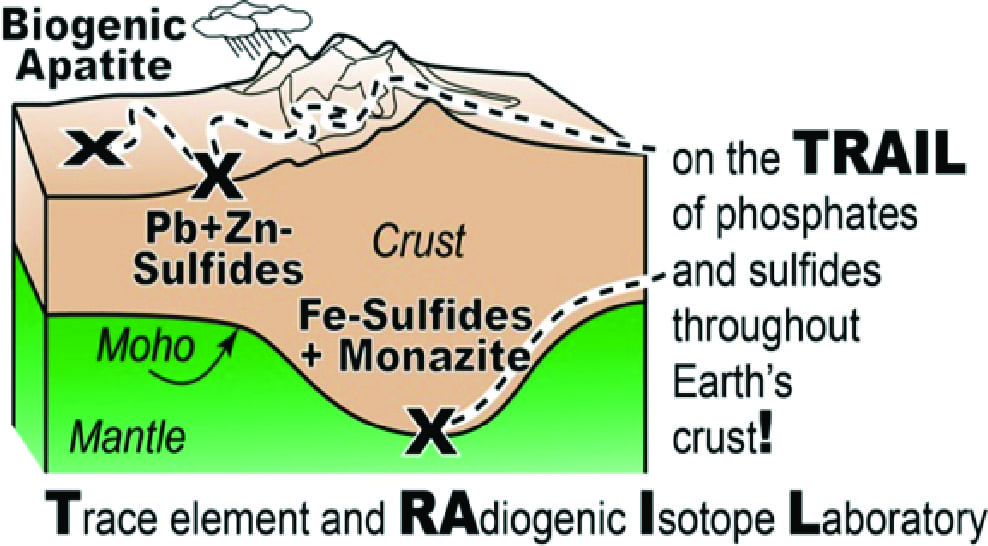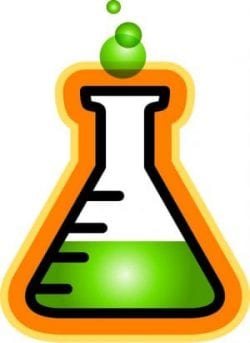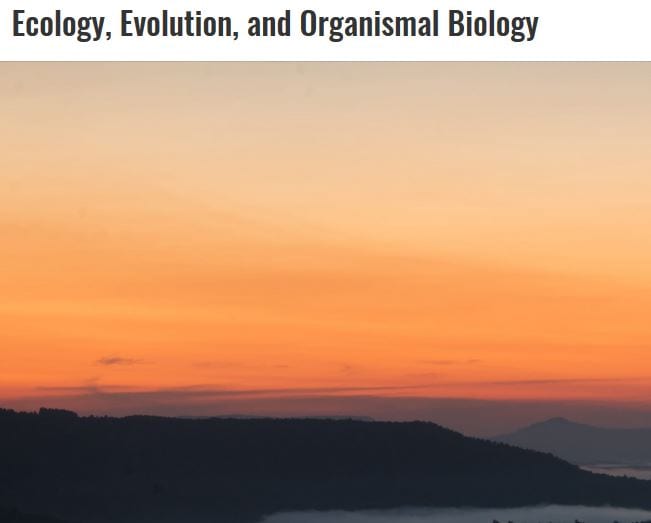The Fulbright College of Liberal Arts and Sciences is amassing a wide array of world-class equipment to help our researchers and students conduct cutting-edge sciences. Below are several of the facilities that we use in Deep-time paleocliamte research.

UASIL (U of A Stable Isotope Laboratory) is part of the state-wide mass spectrometry facility. It is able to analyze all light isotopes including C, O, N, H and S of organics, carbonates, phosphates, and waters.
There are three isotope ratio mass spectrometer (IRMS) systems that use continuous flow IRMS. One system is a GC for Compound Specific Isotope Analysis uses Delta V and Thermo trace GC. The second system has an Elemental Analyzer connected by a Conflo IV and to a new Delta V Advance IRMS. The third system has a high temperature elemental analyzer (TC/EA) connected via a Conflo III and a Gas Bench II. The TC/EA and Gas Bench use a CTC Analytics GC-Pal autosampler and is connected to a new Thermo Delta V Advantage IRMS. https://isotope.hosted.uark.edu/index.php

TRAIL (Trace element and Radiogenic Isotope Laboratory) This newly NSF-IF funded lab houses two ICP-MS systems; one Thermo iCAP Q-ICP-MS and one NU Multi-collector ICP-MS both with designated liquid autosamplers, as well as a ESI 193 nm Excimer laser ablation system that can be connected to both systems.

Wet chemistry, sampling, and detrital zircon preparation facilities: These newly renovated labs have equipment necessary for sample preparation including various reagents, sized pipets, centrifuge, hot plate, ultrasonic baths, balances, in-house DI water systems, ovens, and vortex mixers. Mineral separation facilities is also available and includes mineral separation equipment, including a Gemeni water table and a Frantz Magnetic Separator. For more on detrital zircon geochronology visit Dr. Glenn Sharman’s page at: https://clastics.uark.edu/

Microscopy: Microscopy facilities include a Leica M80 binocular microscope mounted to a breadboard with a dental drill held in place under the field of view. This set-up allows for researchers and students to microsample a wide range of materials including various sized fossils, thin section, and facing billets. Several sizes of drill bits are available ranging in sizes from Brassler USA bits 005 to 010 (~0.5 mm to 1 mm) that come in a variety of shapes from pointed, round, and inverted cones. The PI also has a Leica DM2700 polarized microscope for viewing and imaging thin sections. A Mettler-Toledo motion controlled microbalance is also available for use to measure out mg and sub-mg sized samples.
Paleontology and paleoclimatology at the University of Arkansas is housed in a variety of Departments including Anthropology, Biological Sciences, Entomology, and Geosciences. Facilities to facilitate paleontological and paleoclimatological resources can be found at the Ecology, Evolution, and Organismal Biology research group. This is a group of researchers dedicated to all things EEOB from deep time to recent. Faculty in this group participate in research and teaching collaborations that provide students a broad range of classroom and research experiences. Researchers use field work, laboratory experiments, and computational approaches to study ecology and evolution across multiple scales. You can find more information here: https://eeob.uark.edu/
